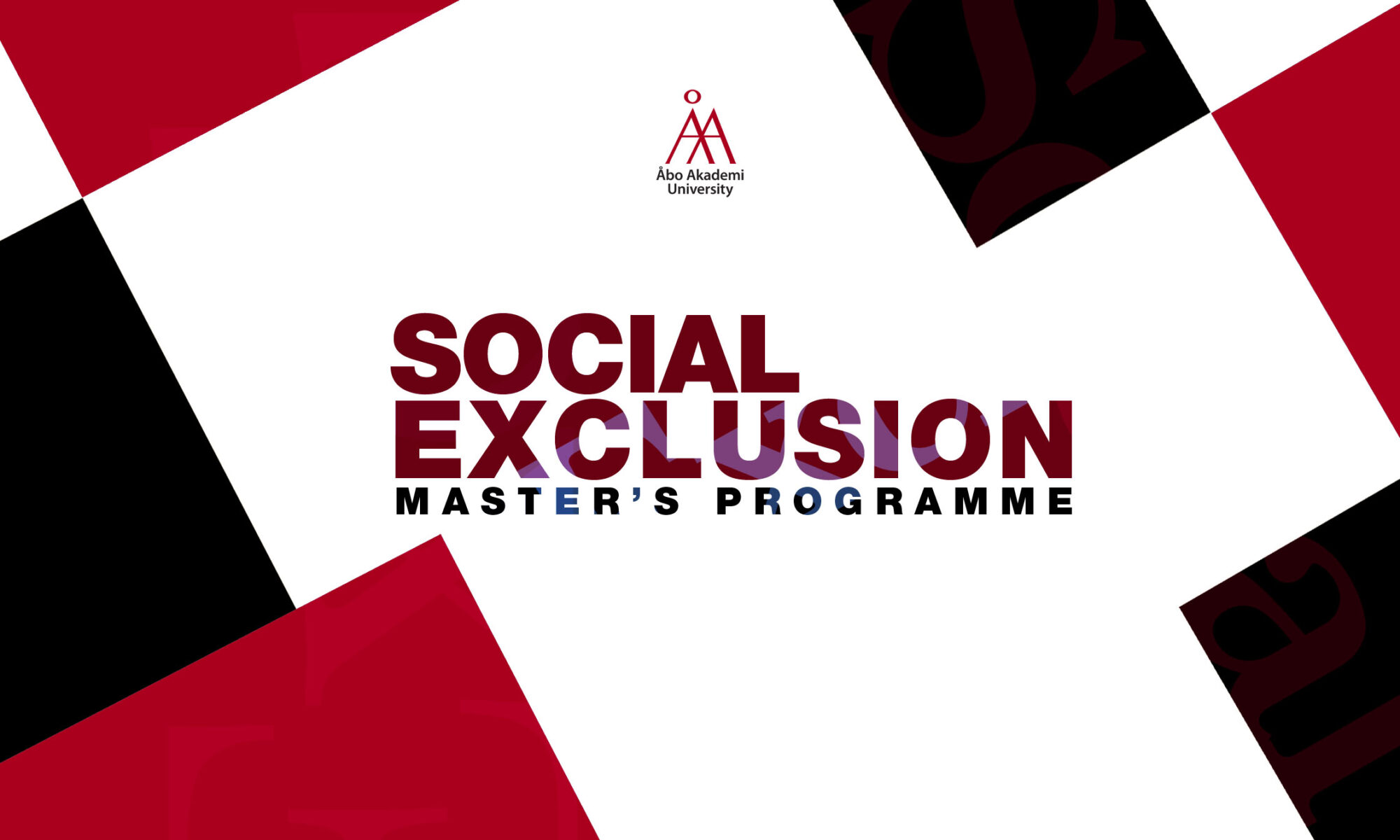Fight the Power: African Americans and the Long History of Police Brutality in New York City
By Clarence Taylor
In the book Fight the Power: African Americans and the Long History of Police Brutality in New York City (2019) the author Clarence Taylor addresses the complex history of police brutality directed at oppressed communities in New York City. Clarence began working on the book after he spoke at a panel discussion in the fall of 1968, regarding the then major of NYC John Lindsay and policing. During the panel, it became evident that the mass was unaware of the racialized police brutality the Black community faced. This lack of information that many possessed encouraged Clarence to write said book.
One of the major discrepancies Clarence noticed was the attitude regarding police brutality. Instead of seeing the abuse of power within the police institution, the narrative was a crime problem presented by mainly Black people. Despite the frequency of these events, the blame and stigmatization were placed on the Black community instead of seeing the active policing and criminalization of these individuals. Therefore, in Clarence’s book, he dives deep into the complexities of this history from the early 1900s to 2018 and gives an extensive and wide range of how systemic policing was and still is.
He begins by acknowledging the work of the newspaper People’s Voice, or the Voice, which functioned as an empowering tool for Black New Yorkers. The newspaper didn’t only report police brutality but investigated these incidents and was advocating for the victims’ innocence. The Voice was constantly battling the white press and the Voice operated in a way of documenting incidences of police brutality and spreading real awareness of the problem before the usage of smartphones or the internet.
Clarence also gives insight into the role of the Communist Party and the African American Communist Party that battled police brutality. He argues that they were the most active party fighting this violence and the only party that acknowledged the correlation between race, class and police brutality and particularly uplifted the work of Ben Davis, who was the first declared black member of the Communist Party elected in 1943. Clarence also addresses how the Nation of Islam (NOI) challenged police brutality, how they assisted the Black and Islamic communities along with the role of the famous Malcolm X. Other issues that Clarence brings up in his book are the involvement of the KKK within the police force, how Black and Latino civil right activists constantly demanded change for the police force but was ignored and a multitude of horrific cases where Black and Brown individuals have been terrorized by the police force. In his book, Clarence also discusses how different riots were handled by the police and how the work of different NYC majors, such as John V. Lindsay and Rudolph Giuliani, affected the police force, like the policy “Zero Tolerance” which only resulted in more policing and more brutalities.
It becomes evident that Clarence’s book is extensive and gives the reader a comprehensive image of police brutality in NYC. He highlights how systemic the abuse of power has been and frankly still is. It is interesting to see that Clarnece’s study ends just before the new rise of Black Lives Matter with the unfortunate death of George Floyd, which sadly tells us how this violence is still a current threat. It is also easy to read books, such as Fight the Power, and not view police brutality as a global pressing matter, but we need to remember that police brutality cases also take place elsewhere, even here in Finland (see Keskinen 2018 and Teivainen 2021). Another aspect which one can also dwell deeper into is how BIPOC LGTBQI+ individuals have faced tremendous policing and abuse of power by the police force. All in all, Clarence’s book is an important study that highlights systemic violence, which some have referred to as a form of genocide.
Clarence Taylor is Professor Emeritus of History at Baruch College and he has published various books, such as Reds at the Blackboard: Communism, Civil Rights, and the New York City Teachers Union (2010), Civil Rights Since 1787 (2000) and Knocking at Our Own Door: Milton A. Galamison and the Struggle to Integrate New York City Schools (1997).
“Taylor provides an essential history of the now, showing how current struggles for racial justice have emerged out of a long history of police abuse, protest, and inadequate reforms.” – Alex Vitale, author of The End of Policing
“The time is ripe for this kind of book, and this history delivers the most informed and reasonable voice to an unprecedented and eager public readership. I can hardly wait to teach this book in my lectures and seminars in African American, urban and ethnic history and public policy. The American reading public has been presented with a precious gift by Professor Clarence Taylor: Bravo!” – Komozi Woodard, author of A Nation Within a Nation: Amiri Baraka and Black Power Politics
“This timely and urgent account of the long reign of police terror inflicted on Black New Yorkers also tells a heroic and largely unheralded story of resistance. In fighting for justice, Black New Yorkers have sought a fundamental redefinition of policing. Clarence Taylor’s book is needed now more than ever.” – Martha Biondi, author of To Stand and Fight: The Struggle for Civil Rights in Postwar New York City
